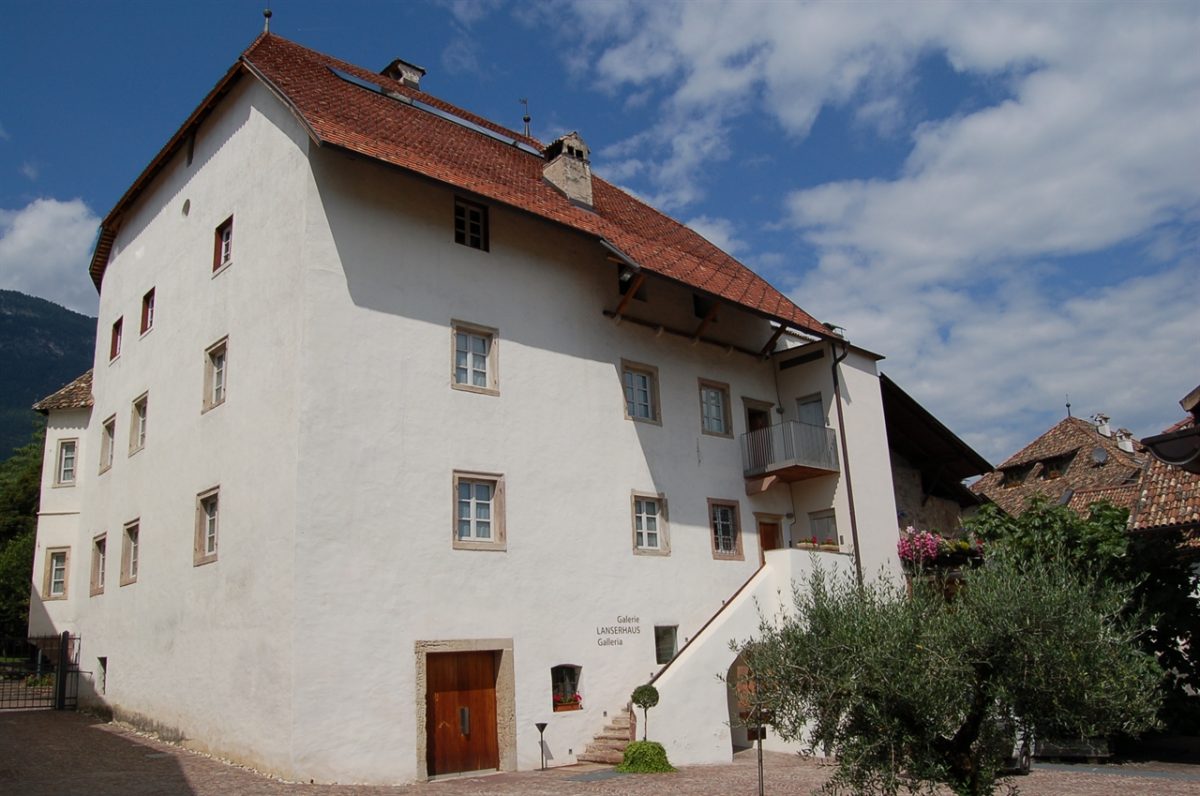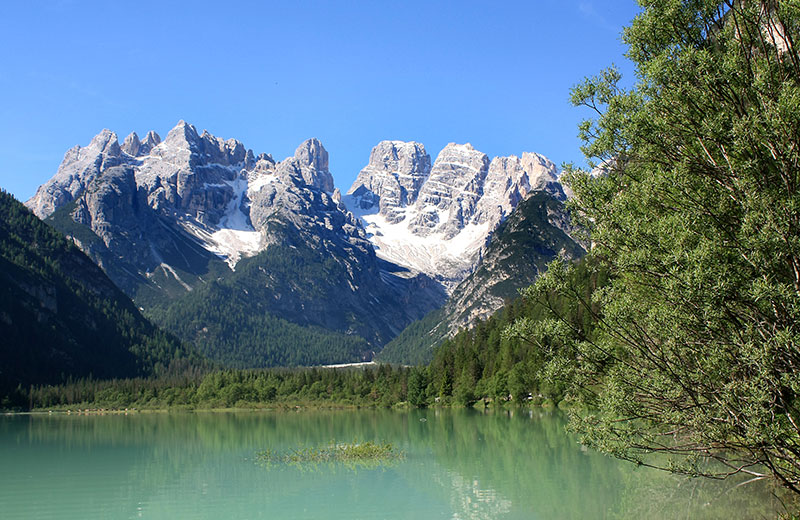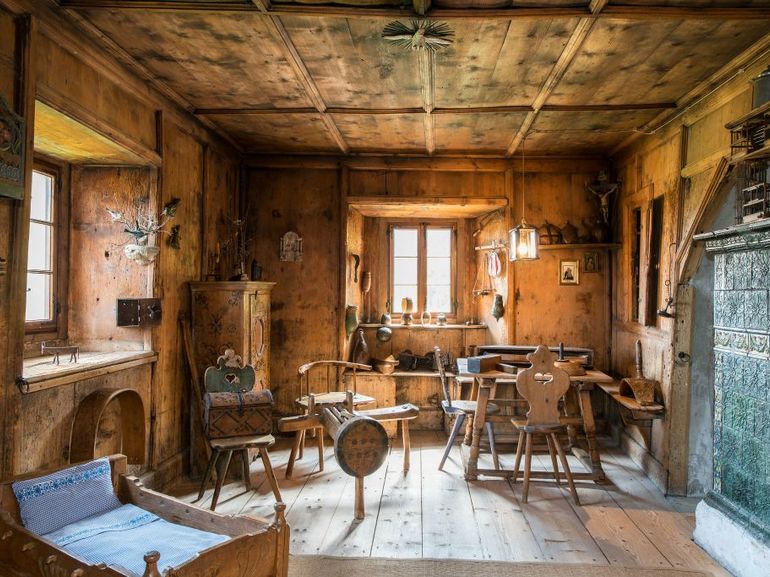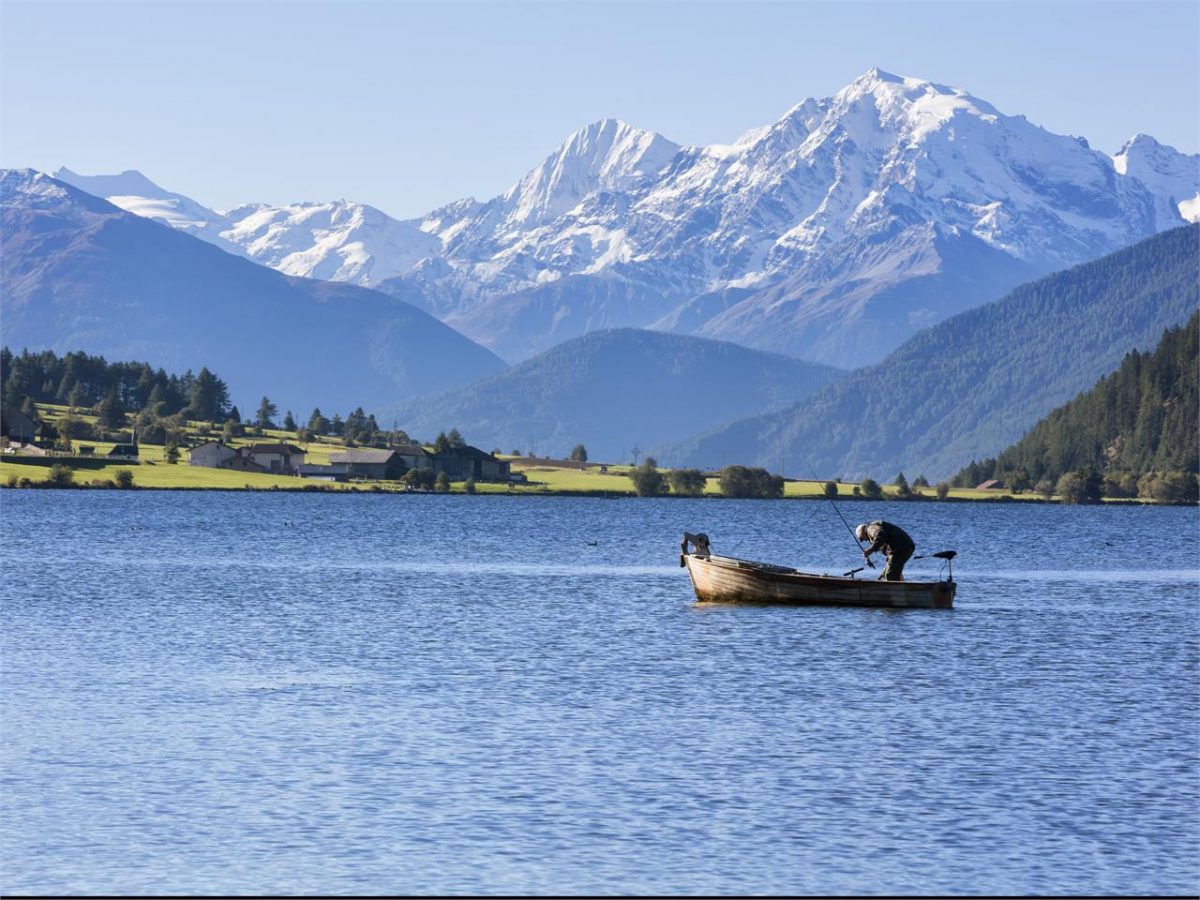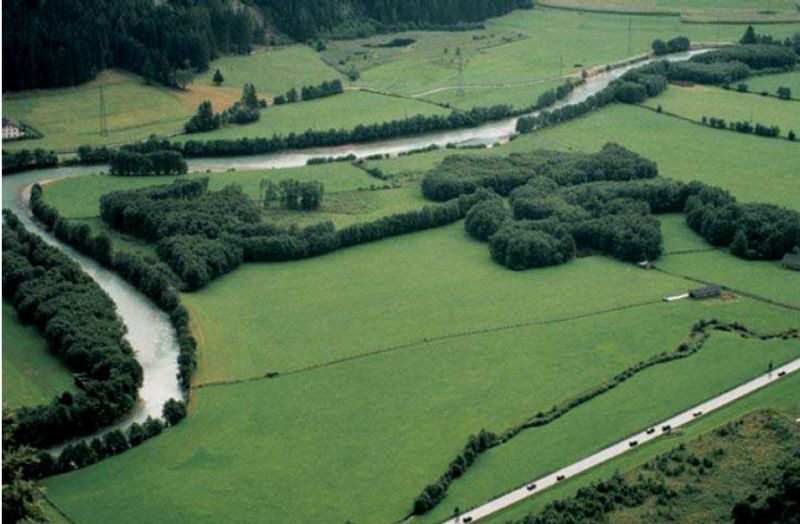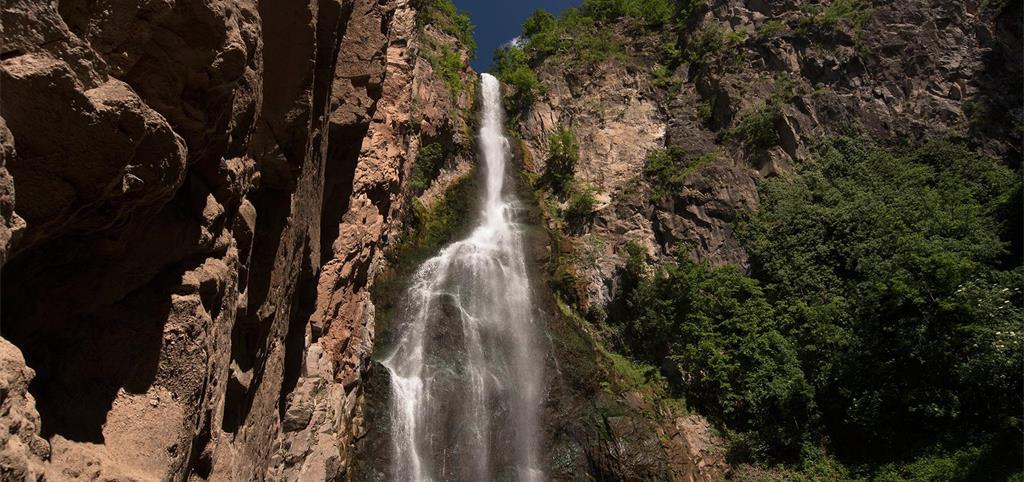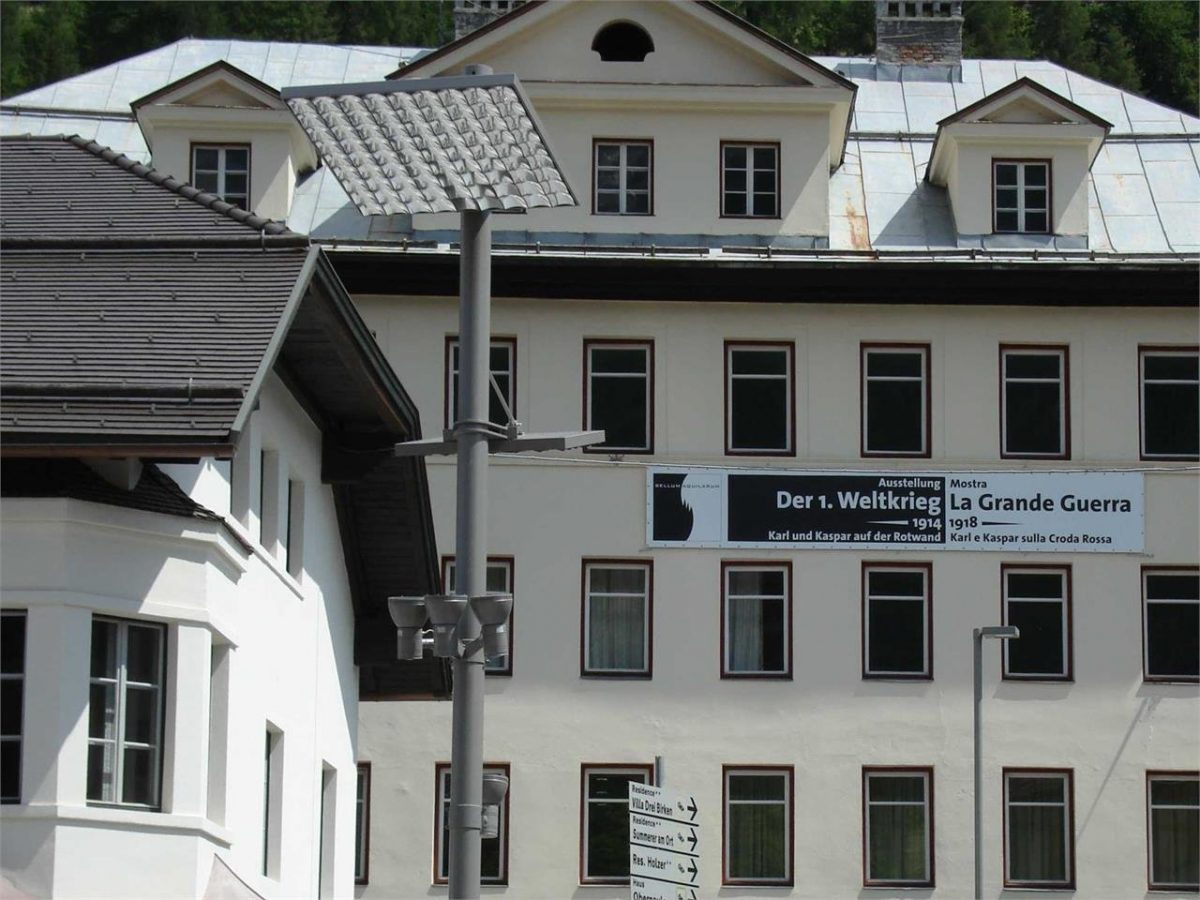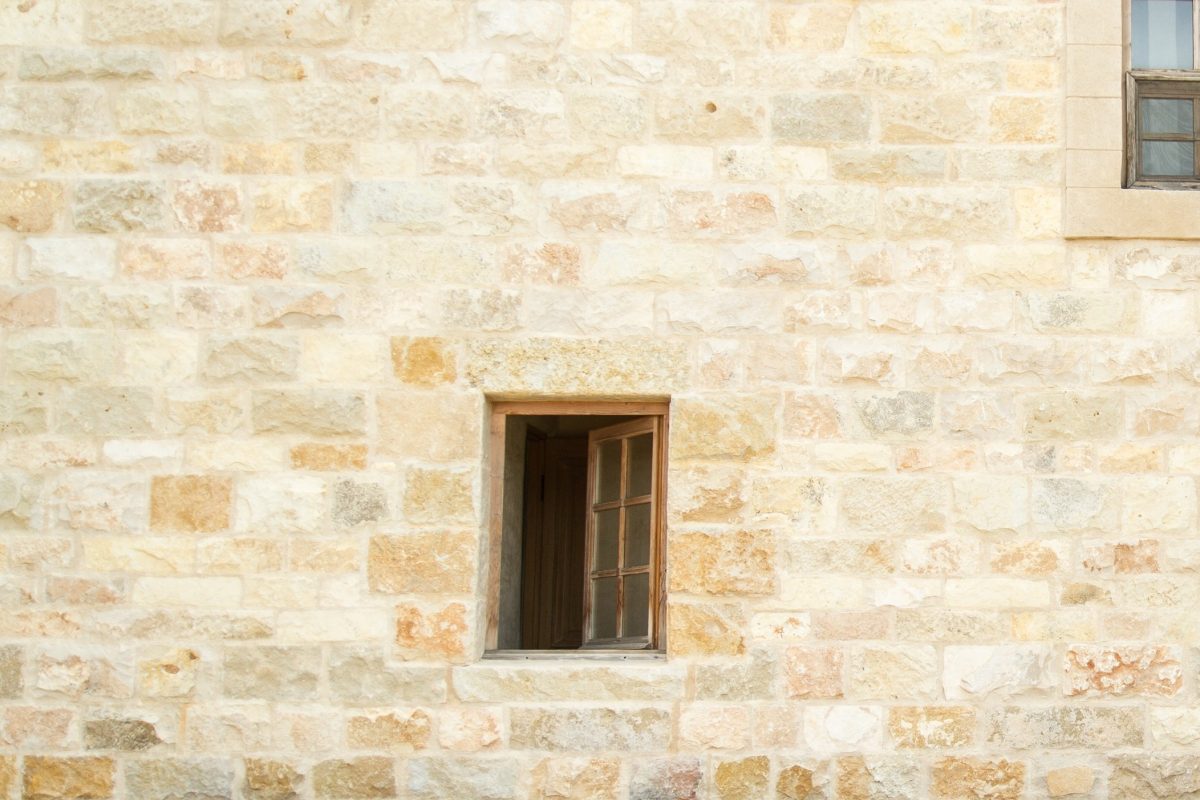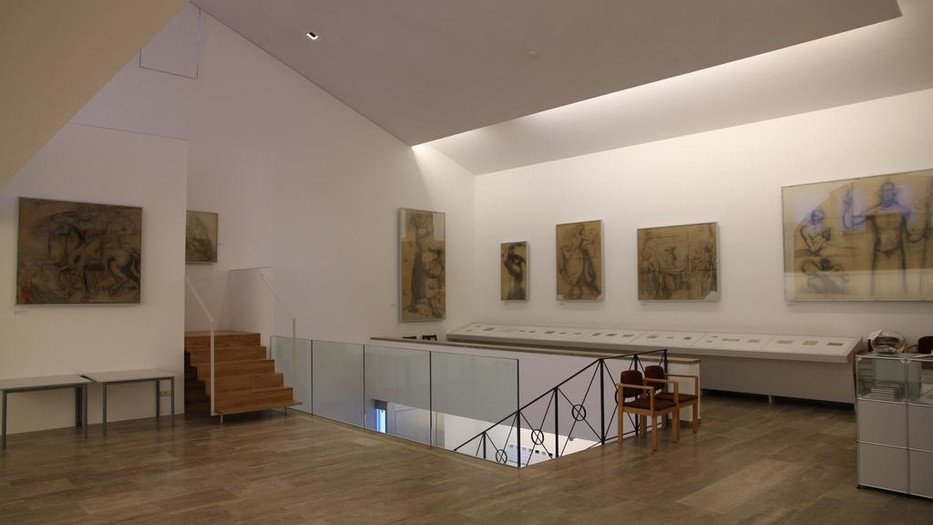How to reach the Lanserhaus
Since 2005 there has been a cultural and social centre in Eppan, which emphasises the diversity and economic importance of our large community.
Through extensive restoration work, the Lanserhaus – one of the many historic residences on the Überetsch low mountain range – has been transformed into an attractive cultural and economic centre and made accessible to the public.
Treasures recovered – an archaeological expedition through Eppan
The permanent exhibition in the vaulted hall of the historic Lanserhaus offers an overview of the Eppan settlement history from the Stone Age to the Middle Ages. Original finds are on display, from Neolithic arrowheads to crossbow bolts from the Knights’ period. The exhibits are on loan from the Bolzano City Museum, the Bolzano Museum Society and the State Office for Historical Monuments, which provides interesting objects from the collection of the brothers Max and Walther von Mörl. The exhibition, curated by archaeologist Dr. Hanns Oberrauch, accompanies visitors on an exciting journey through 10,000 years of Eppan history and refers to the numerous archaeological sites in the surrounding area.
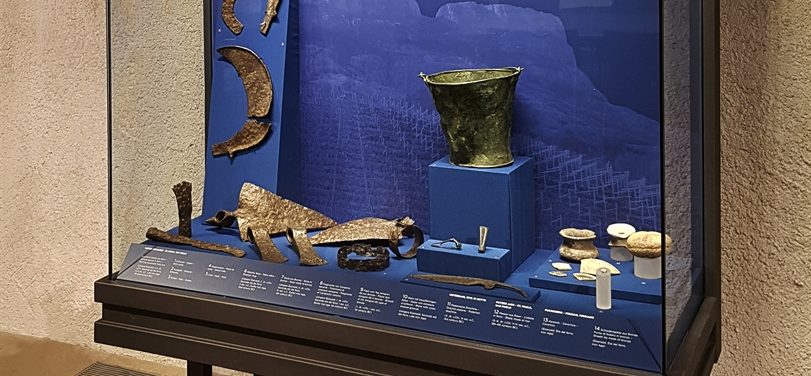
| For further information on opening hours and prices please check this website. |
df
Contact:
Lanserhaus
J.-G.-Plazer-Straße 22-24
39057 St. Michael/Appiano
+39 0471 667566
